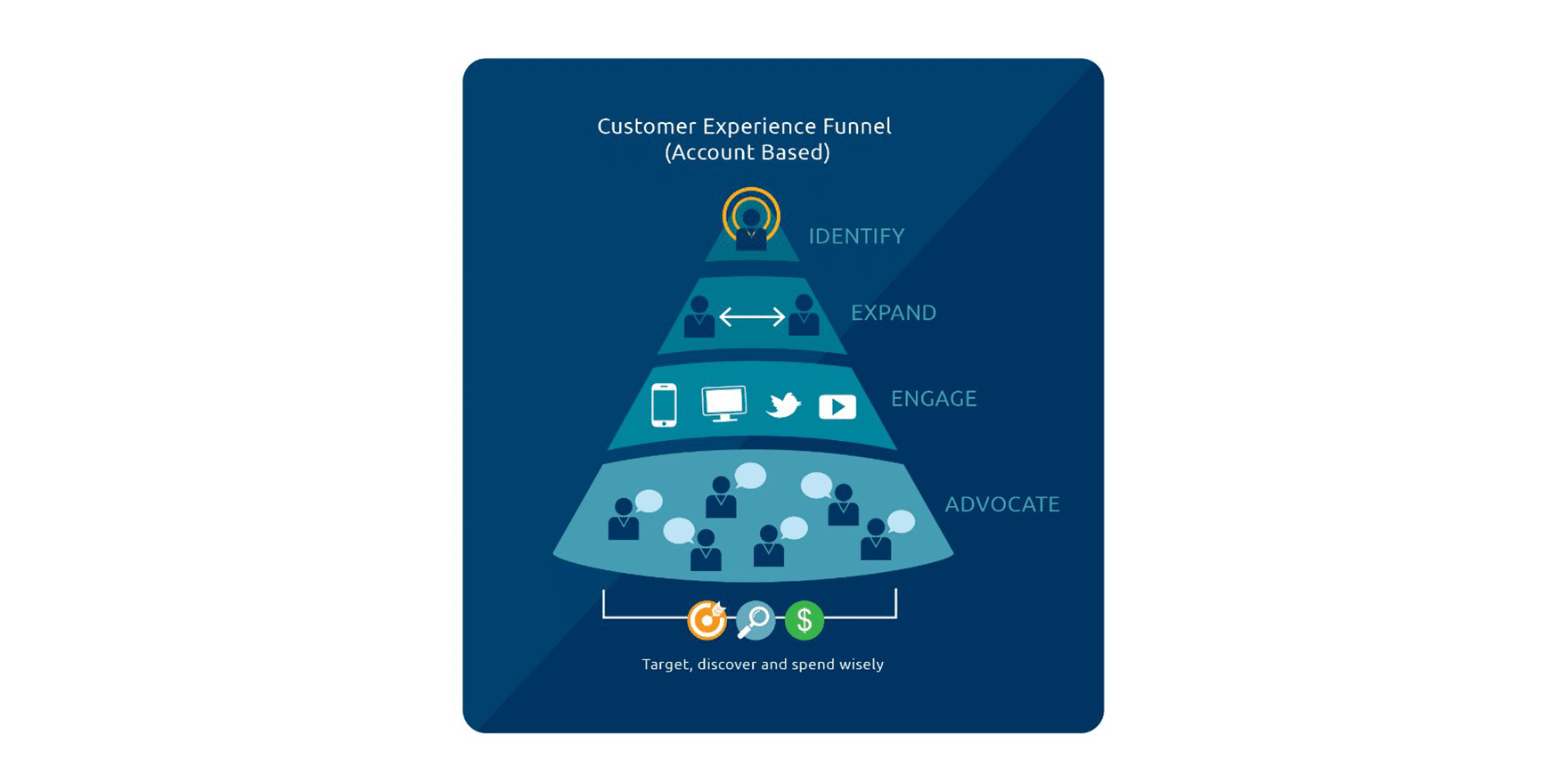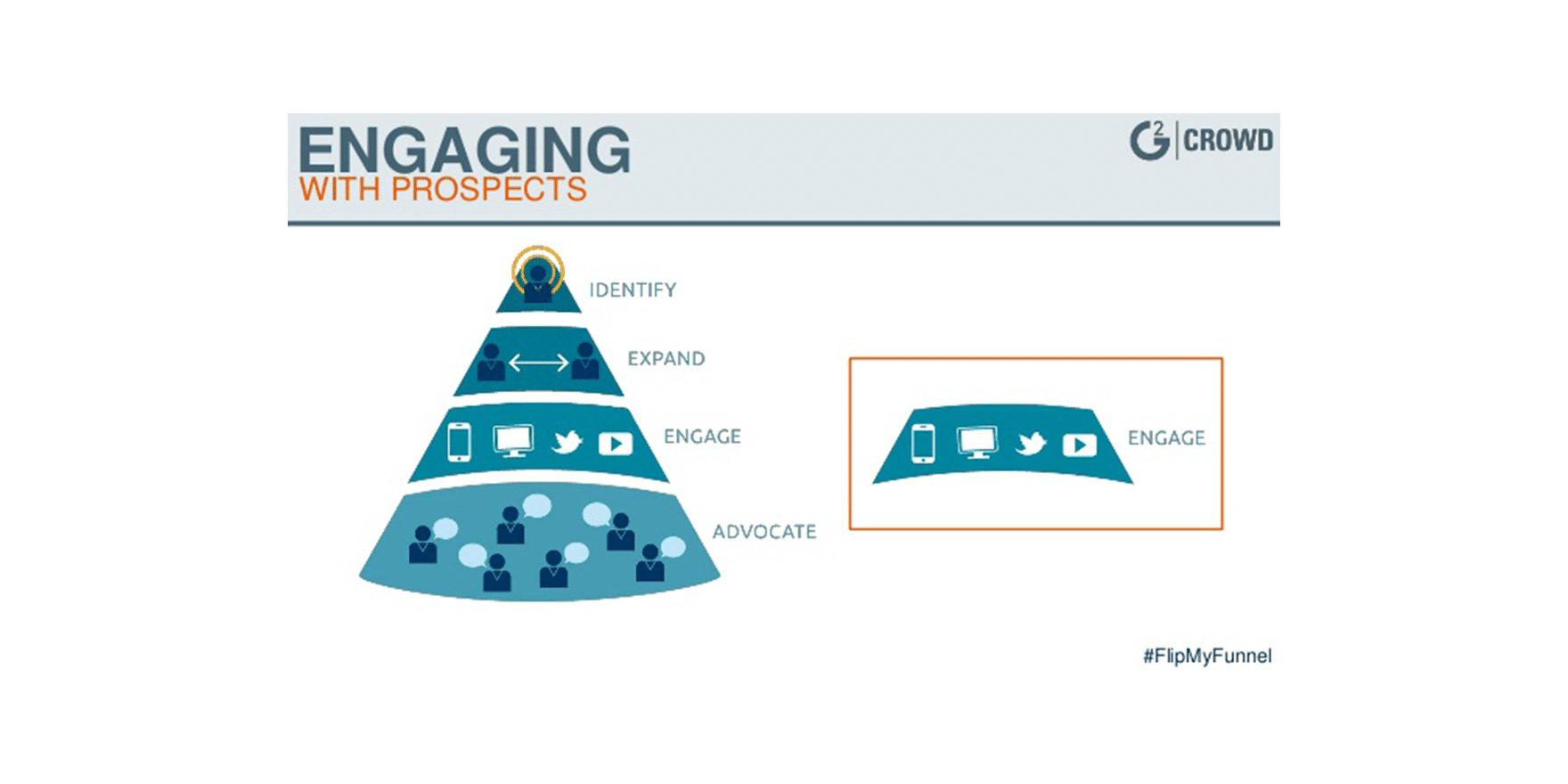Getting your content in front of the right people at the right time is hard. You have to be relevant and relatable, scalable and persistent without crossing the line to become annoying.
Jillian Wohlfarth, who heads up content at SendGrid, said in a conversation on B2B Nation, the TechnologyAdvice podcast, we need to be deliberate. We need to develop strategy around email and look to it as a set of meaningful customer touchpoints. We need to take care to send it at the right time, with the right message and to the right person.
“It’s really important to send the right message, to the right person, at the right time, with the right frequency,” she said. “This is a motto that was created by our VP of delivery, and he was really inspired by Seth Godin and (his) theory on permission marketing. That says getting into your customer’s inbox is really a privilege and not a right.”
So how do we create this really valuable experience and communication with our customers without adding to the insanity that lies within their inbox? And how does that experience, that content, help in your account-based marketing strategy?
How email helps your ABM strategy
Email is the channel preferred by most professionals for business-related communications. More than 215 billion emails are sent a day. People love email. But they hate that they love email. Because, most American workers spending an average of 6.3 hours a day in their inbox, and the productivity lost inside is substantial.
And because you’re already emailing your customers, clients and leads daily, you’re afraid of cluttering their space. (Which not only is annoying, but can actually discredit your hard work to date.) The problem is, though, you know the content you have will help them. It’ll provide a real and valuable resource. It’ll open the door to the utopia of upsells (or retention, or sale) – so long as you avoid aggravating them with yet another email.
Instead, use your signature to share the content. Email signature marketing is this enormous opportunity to add personalized, but scalable, content resources into the billions of organic conversations that are already happening.
Our friends at Salesforce said email signatures add an easy win for any marketing organization. We’re already spending so much time in our email, let’s make it count.
Savvy organizations are scaling targeted content in every employee email to give their accounts a unified message that’s both unique and highly valuable. They’re optimizing the channel by using technology so they’re making decisions based on the data, rather than on a whim. Marketing departments are crafting a distribution strategy drawn from the click-through rate of a signature banner. They’re looking at the recipient-level data and the engagement over time.
Marketers invest time into the email signature because it can’t be outbid. It’s owned. You have no other competition in the space. And it’s organic – you’re already engaging in daily email exchanges with these accounts. But the juiciest part is because it’s targeted.
Using technology to scale your ABM Strategy
Just like any marketing and sales best practice, relevant and targeted messaging is important for your ABM strategy. But without technology, being targeted is almost impossible to scale.
Paired up with though leaders in the #FlipMyFunnel community, founder Sangram Vajre has created a visual explanation to better understand the components of ABM. Vajre literally took the traditional sales funnel and flipped it upside down. Instead of fishing for leads, this inverted funnel allows you to pull your long-bow back and shoot for your whales.
Email Signature marketing makes a dent in the “Engage” section. Most interactions with targeted accounts will be in either Gmail or Outlook, and it’ll happen in the conversations you’re already having. You’re now allowing each exchange from your domain to have powerful email signatures that are relevant, specifically, to the individual accounts you’re talking to.
Marketers across the globe are already implementing dynamic email signatures – you know, the ones that change automatically, based on who’s receiving the email. Here are a few examples how email signature marketing is complementing the ABM funnel. (But if you want more examples check out our ebook, 28 Creative Ways to Use Email Signature Marketing.)
Webinars
- Distribute webinar CTAs to increase registrants by specific industry or product offering
- Heinz Marketing sources that webinars advance deals in the middle of the funnel
Events and Trade Shows
- Promote the event you will be attending or sponsoring by the location or industry of the targeted account
Content Marketing
- Each stage in the sales cycle requires content to add value to the conversation
- On average, buyers read between two and five pieces of content before making a decision
Videos
- Ann Handley interviewed with Wistia and explained why you should add a pulse to your content with video.
- Engage accounts with latest product features, thought leadership or resources with your creativity and personal touch
Content has a purpose. Some pieces are tailored help your sales development team engage a lead into having a discovery call. Other pieces are customized to your account executive team, who are measured on filling pipeline and need to have multi-touch campaigns to introduce ways to meet, learn and understand. Still more content is used to help your customer success team share useful best practices, relevant to the account they’re emailing.
In another example, our friends at Invoca used email signature marketing to increase registrations for their Call Intelligence Summit.
With this CTA banner, they generated more than 260 clicks. All of the amplified engagement stemmed from a channel that wasn’t even measured before email signature marketing.
Want to learn more? Check out Revenue Summit 2017 and #FlipMyFunnel. Industry influencers like Bassem Hamdy, Julia Stead, Avi Bhatnagar and Megan Eisberg are leading a session called Building an ABM Playbook: Lessons Learned from the School of Hard Knocks. And I can bet it’s not one you’re going to want to miss.







